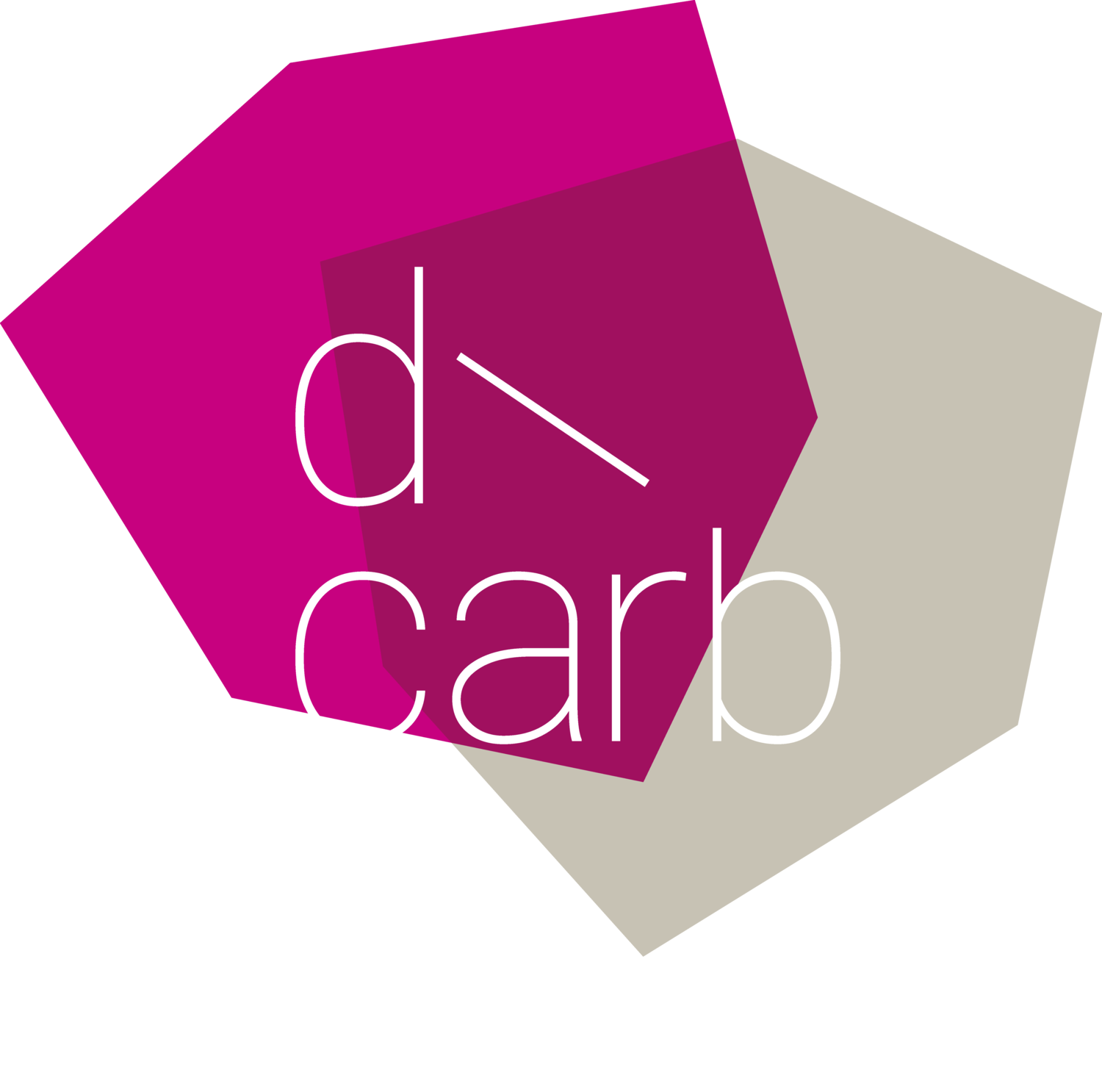Green Growth: Technological Innovation, Market Incentives and Investments for a Green Economy
Prof. Ottmar Edenhofer: Inclusive Wealth. A new economic paradigm.
In his talk, Professor Edenhofer first pointed out why we need to discuss economic growth. Most importantly, while economic growth has been successful in reducing global poverty, it has also led to significant environmental damage. He then presented and contrasted two economic approaches for the analysis of this problem. First, in neoclassical environmental economic models such as the DICE model, nature is external to the economy. A key implication is that the decoupling of economic growth and emissions is possible and hence growth can continue indefinitely. In contrast, the inclusive wealth paradigm put forward in the recent Dasgupta Review models the economy as embedded in the biosphere. Importantly, this entails the assumption that a complete decoupling of growth and emissions is not possible. As a result, there is an absolute limit to economic growth due to planetary boundaries. Thus, instead of focusing only on GDP growth and physical capital, politicians and economists should take a broader perspective and adequately take into account the stocks of human capital and natural capital in the economy. By focusing on such an inclusive wealth indicator, politicians may achieve growth in inclusive wealth while avoiding unsustainable growth in GDP. The crucial prerequisite for this is that the accounting prices for natural and human capital reflect the scarcity of these assets.
Prof. Cameron Hepburn: More mind, less matter
Professor Hepburn started his presentation by emphasizing that in debates about growth and degrowth, economists actually agree on an “awful lot”. They agree that the economic model has to change, demands on the biosphere need to fall and growth in material flows has to stop. In addition, there is now a growing consensus that GDP growth is not a good measure of welfare in developed countries. Thus, there clearly need to be bounds on the material side of economic growth. However, the question is whether growth through ideas (moremind) could still be possible even when the material loops are closed (lessmatter). Furthermore, Prof. Hepburn argued that it is important to think about a growth model that still allows for the improvement of welfare because “zero growth” implies a recession that may cause harm to many people.
Three insights from the discussion with the audience
Carbon pricing is not used frequently enough due to political economy problems such as lobbying. In addition, politicians are often worried about distributional consequences. Hence, economists need to emphasize more the potential distributional benefits of carbon pricing.
GDP was never meant to be a welfare measure, but it has been used as such for too long. Economists need to design an alternative welfare measure that does not measure long-term benefits as a cost (for example, investment in health care).
Alternative welfare indicators like inclusive wealth are difficult to compute because measures of human and natural capital are still imperfect. However, measuring GDP is tricky as well! Thus, countries should take a first shot at computing inclusive wealth and develop better indicators for human and natural capital.

